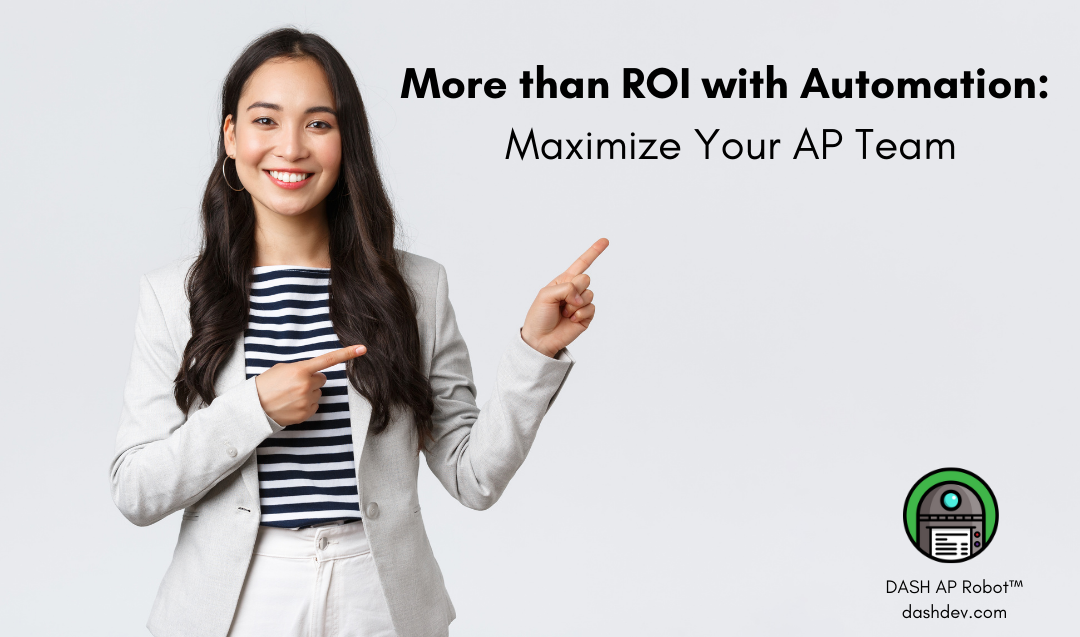What is Data Capture and How is it Used in Accounts Payable?
How Can This Benefit AP Teams?
Data capture refers to the process of extracting data from various sources and transforming it into a structured format that can be stored and analyzed. It involves identifying and extracting relevant data points from a variety of sources, such as physical documents, electronic files, or digital images, and converting the information into a structured digital format that can be easily accessed, searched, and analyzed.
Data capture can involve a range of techniques, including optical character recognition (OCR), intelligent character recognition (ICR), barcode scanning, and other automated data extraction technologies. These technologies enable data capture from various sources and in a variety of formats, including PDFs, scanned images, and digital files.
Data capture is an essential step in many business processes, including accounts payable and receivable, customer relationship management, supply chain management, and data analysis. By automating data capture, businesses can streamline their operations, reduce errors, and gain greater visibility into their data, leading to improved decision-making and overall efficiency.
What is an example of how it’s used in Accounts Payable?
Data capture is a critical component of accounts payable automation. In accounts payable, data capture involves extracting data from invoices and other documents and transforming it into a structured digital format that can be used for payment processing and record-keeping. Here are some ways in which data capture is used in accounts payable:
- Invoice Processing: Data capture technologies, such as AI, can extract data from paper invoices or electronic invoices in various formats, such as PDFs or scanned images. The extracted data can include invoice number, vendor name, invoice date, payment terms, and line-item details such as product or service descriptions, quantities, and prices.
- Automated Data Entry: Data capture technologies can automate the data entry process, reducing the need for manual data entry and minimizing the risk of errors. This can save time and improve the accuracy of data.
- Data Validation: After data capture, the extracted data can be validated against existing data in the system, such as vendor names or product codes. Any discrepancies can be flagged for review or correction.
- Approval Workflows: Once the invoice data has been captured and validated, it can be used to initiate approval workflows, enabling designated staff to approve the invoice for payment.
- Payment Processing: Finally, the captured data can be used to generate payment information, including payment amount, payment method, and payment date. The payment information can be sent to the appropriate payment system, such as a bank’s payment portal or a company’s accounting software.
Overall, data capture plays a critical role in automating accounts payable processes, reducing manual effort, and minimizing the risk of errors. By using data capture technologies, businesses can streamline their accounts payable processes, improve efficiency, and reduce costs.
How can you use data capture to do better business?
Data capture can provide many benefits to businesses by enabling them to collect, organize, and analyze information from various sources. Here are some ways in which data capture can help businesses do better:
- Automate Data Entry: By using data capture technologies such as OCR, businesses can automate data entry processes, saving time and reducing the risk of errors. This can help streamline business processes such as accounts payable and receivable, customer relationship management, and supply chain management.
- Improve Data Accuracy: Data capture can help improve the accuracy of data by reducing manual data entry and minimizing errors. By automating the process of data capture, businesses can reduce the risk of errors that can occur during manual data entry, such as typos or transposition errors.
- Enable Data Analysis: Once data has been captured and organized into a structured format, it can be easily analyzed to gain insights into business operations. For example, businesses can use data capture to monitor sales trends, identify customer behavior patterns, or track inventory levels.
- Increase Efficiency: By automating data capture processes, businesses can increase efficiency and free up resources to focus on other business-critical tasks. For example, automating data capture in accounts payable can reduce the time spent on manual data entry and enable staff to focus on other important tasks, such as managing vendor relationships.
In summary, data capture can provide businesses with many benefits, including automation of data entry, improved data accuracy, data analysis, and increased efficiency. By leveraging data capture technologies, businesses can gain insights into their operations and make better-informed decisions to drive growth and success.
About the Author:
Stephanie is the marketing guru at DASH. For over 20 years, DASH has been authoring, delivering, and supporting DASH DDX™ and DASH AP Robot™, its ERP-integrated software to small and mid-sized manufacturing and distribution companies throughout the USA and beyond.
Let’s chat!
Follow the Dash Blog
Sign up to follow blog posts from Dash




